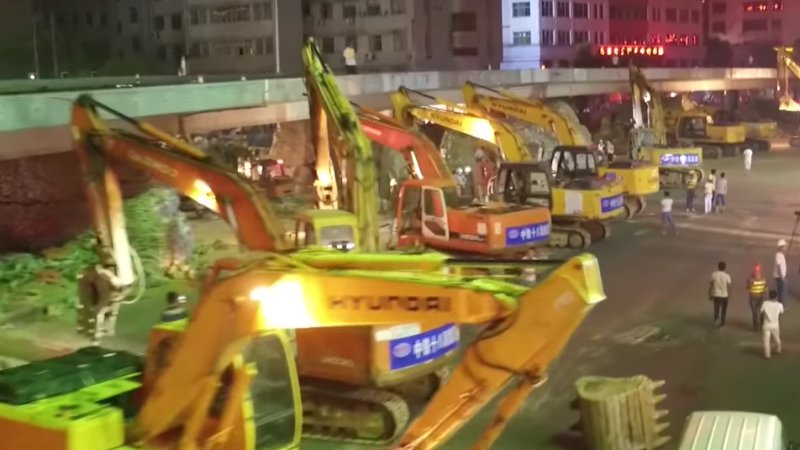In recent years the excavation industry has been evolving at a rate that rivals the internet. The better the evolution, the less need there will be to send people underground in dangerous conditions.
Technological innovations are currently driving the changes in the excavation industry. From building pipelines to digging home foundations, excavation work is any project which involves shifting dirt and digging into the earth. This sector of industry comes with tight regulations and strict health and safety policies, all of which new technology is making easier. Here are relevant ways in which modern tech innovations are having a positive influence within the excavation industry.
Technological Revelations Impacting the Excavation Sector
These tech innovations are driving change in an industry which previously saw consistent deaths. From coal mining to deep sea pipelines, these gadgets and programs are changing lives.
Microtunneling
Modern microtunneling contractors are hugely popular within the industry right now. Microtunneling involves using small machines to excavate precise tunnels underground. Microtunnels can help with irrigation, pipe laying, and ground works. It costs far less than complete excavation, allows workers to reach new depths, and offers a safer, alternative approach to the use of heavy machinery in underground spaces.
Advanced Guidance Systems
These underground machines wouldn’t be possible without advances in guidance systems. Two decades ago, excavation specialists did not have the ability to communicate between the top and the bottom of the shaft. Ad advanced guidance system allows for that communication, and for accurate digital mapping of the area. Advanced guidance systems are powering change in other industries too, such as in controlling electric vehicles and helping airplanes with navigation.
Automation and Robotics
Those microtunneling capabilities would not exist without automation and robotics advances. Enhancing the precision, speed, and safety of tunnelling comes by using robotics to drill, dig, and handle materials. Again, the greater the number of tasks workers can perform without physically going underground themselves, the lesser the workplace accidents in excavation each year. More than 80% of all workplace accidents happen in construction, with yearly death totals involved specifically in trenching.
Miniature Construction Machinery
You can use small scale excavating machinery for a more precise finish in small scale projects. For example, bringing in a D10 dozer to flatten your back yard is not a good idea. Mini construction machinery allows excavators access to small spaces. In this case, for example, one man in Canada uses miniature excavators to dig down into his basement. A better example might be that you use miniature excavators to clear out a small well, or a specific space on your property.
AR and VR Technology
AR and VR are experiencing a shift in usage. They are evolving too, going from gaming tech to genuinely useful products. Using VR and AR headsets plus geo scanners, the excavation team receives an accurate, in-depth look at the spaces they are working with below ground. This tech can also identify areas where likely problems could emerge. It is useful in training.
Tech Evolutions are Making Construction Safer
Construction will never be a 100% safe industry. Using technology to fill those safety gaps is a great way to minimize workplace deaths and accidents in construction in the coming years.


